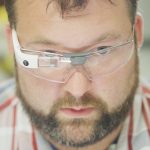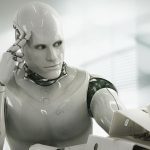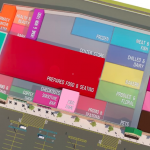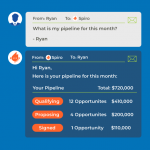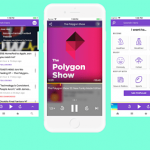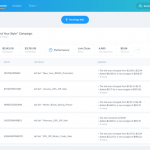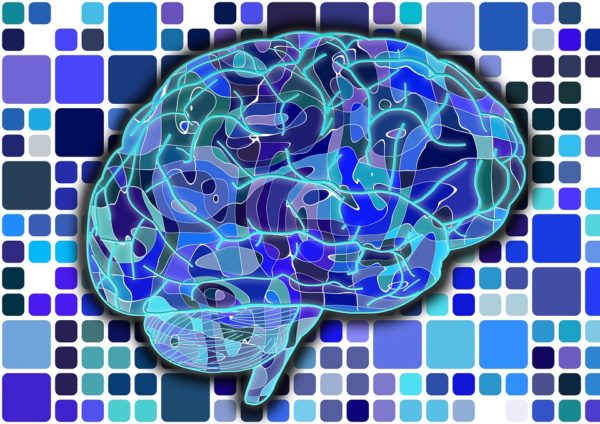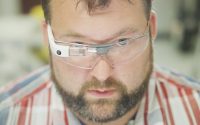Why artificial intelligence will finally unlock IoT
Why artificial intelligence will finally unlock IoT

According to Gartner, there will be more than 20 billion connected devices worldwide by 2020. Today’s enterprises are already benefitting greatly from a strong, connected workforce, but as Internet of Things (IoT) enabled devices move forward, saturating the market, is it possible for them to outpace their own benefits?
After all, while the continuing surge of IoT devices is creating an onslaught of data requiring storage and retention, advancements in the IoT world are still bound by how quickly and efficiently data can be computed, and value extracted. Interestingly, the current resurgence of artificial intelligence (AI) technology may provide an antidote to the flood of data today’s digital world is facing.
With such rapid innovations in both spaces taking place, what can we expect from their converging paths?
Machine learning vs. artificial intelligence
A common question and an important distinction to make in this age of digital transformation is the difference between machine learning and AI. Machine learning is the science of giving computers the ability to learn and find insights without explicitly programming the computers on what to do. In contrast, AI is the science of making computers emulate human decision-making and learning processes.
While machine learning is one way to make progress towards human-level AI, it’s important to note that the IoT world is likely to benefit most from AI in this case. This is due to the accelerated pace of development and expansion within the connected world. AI is best suited to keep up with IoT innovation because AI’s data analysis capabilities through machine learning demand a minimal amount of human intervention and help humans to make the best decisions.
See also: White House wants nation to be ready for AI
IoT data is most valuable to us when it can immediately inform action. That means that data must be analyzed immediately and accurately to maintain a continuous flow of information and feedback within the enterprise and its connected devices.
Unfortunately, the traditional approach of writing algorithms through explicit programming is too time-consuming and error-prone to make sense for many IoT devices. In order to analyze IoT data efficiently, businesses are turning to machine learning-based AI to find patterns and correlations to realize the promise of IoT.

Dean Tang, CEO of ABBYY North America
Finding harmony between AI and IoT
Connected devices that leverage AI to help with real-time analytics are here today, and widespread adoption is on the rise. Well-reported examples include smart thermostats like Nest that utilize AI to learn user temperature preferences and adjust energy use accordingly. Additionally, all cars sold by Tesla operate as a network. When one car learns something, the entire fleet learns and benefits.
It is important to remember that enterprise businesses are best positioned to purchase IoT devices on a much larger scale than the home and government sectors. Consequently, they stand to reap benefits from IoT investments the quickest. In fact, global investment in enterprise services and products is expected to reach $ 255 billion by 2019, according to a recent analyst report.
The same report also predicts that by 2019, the enterprise IoT market alone will be bigger than the smartphone and tablet markets combined.
Within the enterprise sector, AI is already making a mark through aiding real-time decision-making. AI’s capabilities are especially valuable to businesses in effectively dealing with matters connected to these components simultaneously: time, money and risk. This can include sales forecasting, information management and various forms of automation.
The path ahead
In AI’s future, developing more natural language capabilities will help to further realize the potential of a connected IoT world. Natural language-based data descriptions will provide a universal way to communicate and understand data among various types of internet devices. This approach will not only allow us to break down the data silos among IoT types, and but also can be expanded to allow humans to communicate with the IoT directly through voice or text.
IoT and AI enthusiasts should look forward to a future where these as two technologies evolve their symbiotic relationship. As one technology thrives, more opportunities will arise for the other. IoT that is designed to assist and interact directly with people encourages innovation with AI’s advancements, as it will require human-level language skills and the ability to reason, learn and provide recommendations.
The post Why artificial intelligence will finally unlock IoT appeared first on ReadWrite.
(23)


